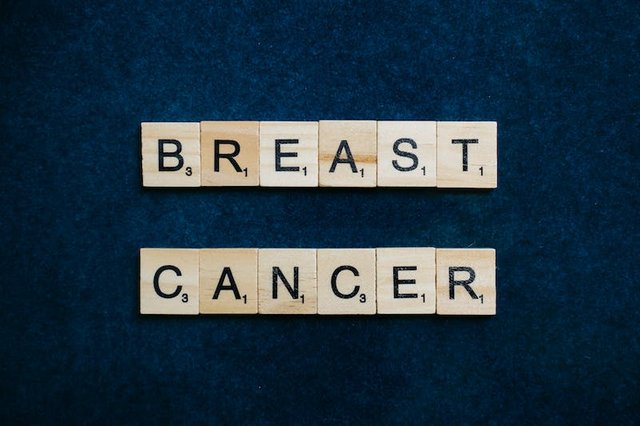Breast Cancer and Men: Understanding the Risk and Symptoms

Breast cancer is a disease that is commonly associated with women, but men can also develop the disease. While breast cancer is rare in men, accounting for less than 1% of all breast cancer cases, it is still important for men to understand their risk and be aware of the signs and symptoms of the disease. This is especially important because men are less likely to know that they are at risk of breast cancer and may not seek medical attention as soon as they should.
The risk factors for breast cancer in men are similar to those in women, including age, family history, and genetic mutations. Men who are over the age of 60, have a family history of breast cancer, or carry the BRCA2 gene mutation are at a higher risk of developing the disease. Other risk factors include exposure to radiation, obesity, and a history of testicular cancer. Men with Klinefelter's syndrome, a genetic condition that results in an extra X chromosome, are also at higher risk of developing breast cancer.
The signs and symptoms of breast cancer in men are also similar to those in women. These include a lump or thickening in the breast tissue, changes in the shape or size of the breast, changes in the skin of the breast, or discharge from the nipple. Men should also be aware of any changes in their chest area, such as an indentation or a rash, as these can also be signs of breast cancer. Men should also be aware of any pain or discomfort in the breast area, as this can be a symptom of breast cancer.

It's important to note that breast cancer in men is usually more advanced at the time of diagnosis than in women, as men are less likely to be aware of the signs and symptoms of the disease and may be less likely to seek medical attention. This is why it's important for men to be aware of their risk and to report any changes or symptoms to their healthcare provider.
Regular screenings and self-examinations are also important for men, even though they are not at the same risk as women. Men should talk to their healthcare provider about their risk and determine the appropriate screening schedule for them. It's good to have a check-up with your healthcare provider and to report any changes or symptoms. Men should also familiarize themselves with the normal look and feel of their breasts, so they can recognize any changes that may occur.

In summary, breast cancer is a disease that can affect men as well as women. Men should be aware of their risk and be familiar with the signs and symptoms of the disease. By understanding their risk, being aware of the signs and symptoms, and seeking medical attention if they notice any changes, men can increase their chances of detecting breast cancer early and improving their chances of survival. It's important to educate men about their risk of breast cancer and to raise awareness of the disease among men, so that more men can take steps to detect breast cancer early and improve their chances of survival.